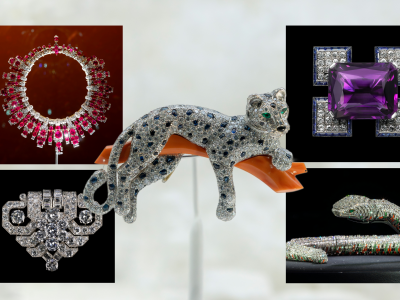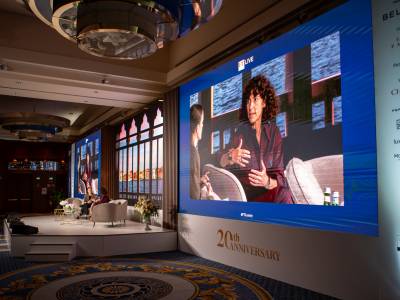The trade is improving in that “cowboys” are not tolerated any longer. There are still some out there but we do our best to avoid them. A vast majority of our emeralds and rubies are now sourced from Africa through Gemfields,” she says. “We purchase some of our rubies through Rubyfair, a UK-based company working with artisan miners in Tanzania and supporting communities through educational and agricultural development. One of our longest-standing suppliers is a gem merchant who buys rough material direct from the artisan miners in the Sri Lankan mines, and also cuts locally, enabling both the development of skills and the local economy.”
All of Gemfields’ collaborators are adamant about their support for an ethical approach. “We have a policy of only sourcing gemstones that have been acquired through legitimate sources and that are not involved in funding conflict and are in compliance with United Nations Resolutions,” says Elizabeth Galton, Brand Director at Mappin & Webb. All the company’s suppliers must comply with the Kimberley Process, a certification scheme set up to prevent the trade in blood diamonds.
“We will not knowingly purchase or sell any products that originate from a group or a country that supports or engages in illegal, inhumane or terrorist activities,” continues Galton. “We believe we should go beyond the basics of ethical business practice and embrace our responsibility to society and the environment, which is why we are delighted to collaborate with Gemfields, who follow their supply all the way from mine to market.”
While support for ethical sourcing is growing in the industry, it’s still not an immediate concern for the average consumer. However, in a recent Forbes magazine interview, Tiffany & Co.’s CEO and Chairman, Michael J Kowalski, expressed the view that consumer trust in the brand was underlined by the belief that Tiffany & Co. jewellery is mined and produced in an ethical, sustainable fashion.










